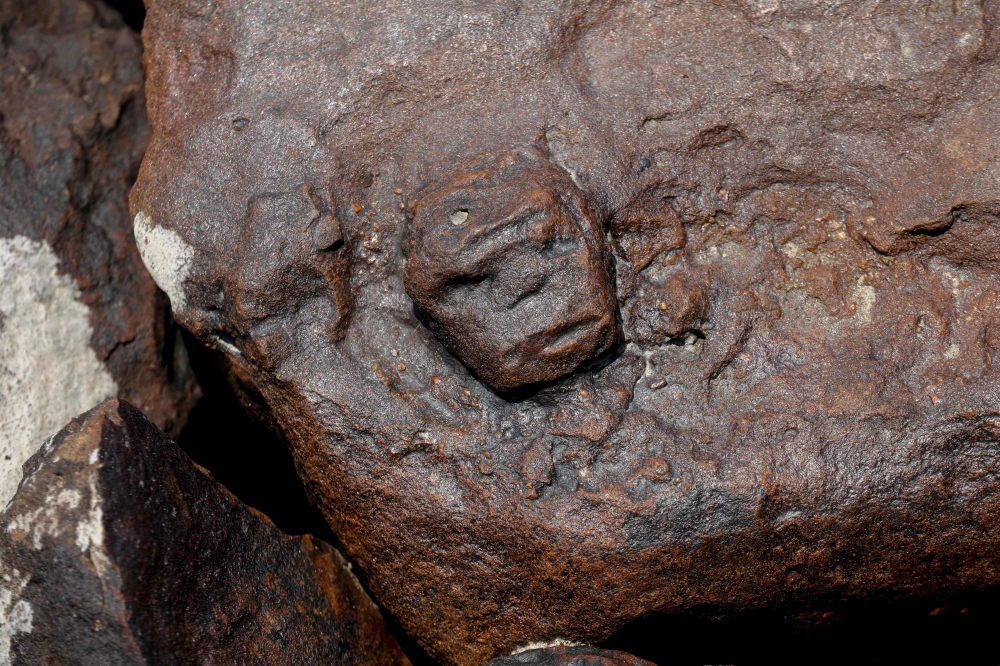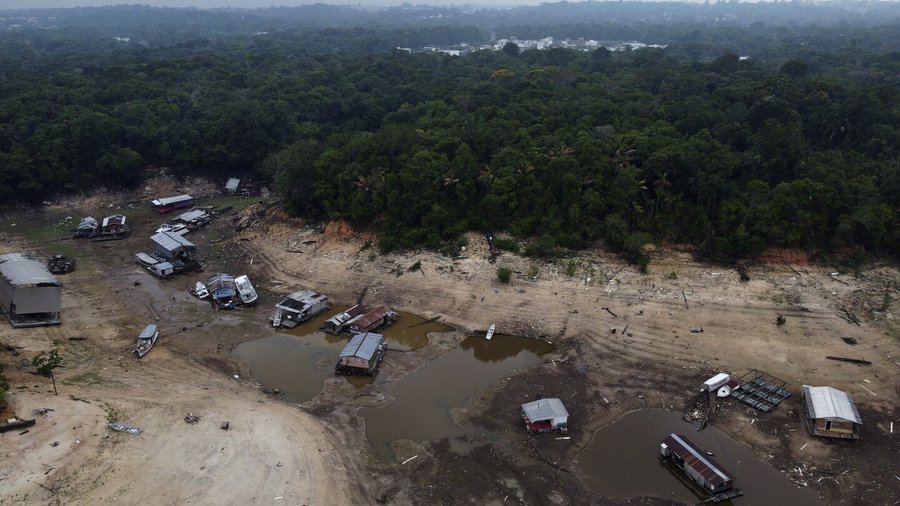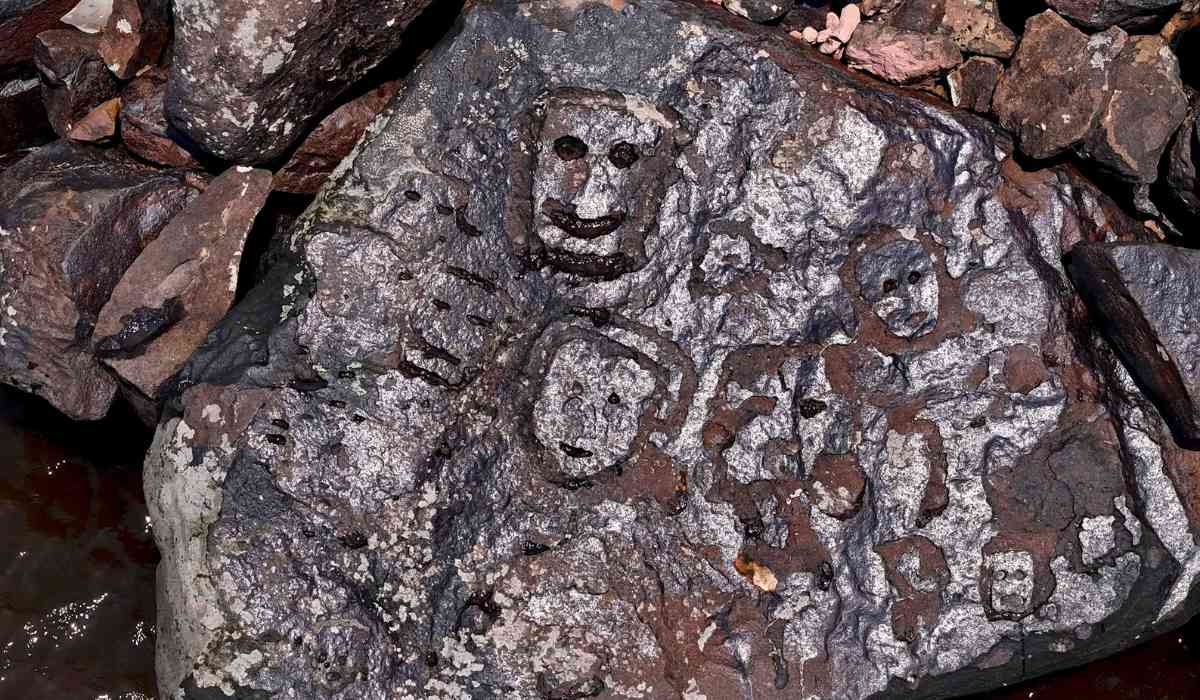In an extraordinary occurrence, the recent severe drought in certain areas of the Amazon has revealed ancient rock engravings along the riverbank, fascinating both scientists and the general public. These engravings, which portray human figures, are thought to have originated approximately 2,000 years ago.
Livia Ribeiro, a long-time resident of Manaus, expressed her astonishment at the discovery, stating, "I was genuinely taken aback... I had never witnessed anything like this before." The engravings, previously concealed beneath the waters of the Negro River, have now become visible as a result of the river's exceptionally low levels, the lowest documented in over a century.

Although the engravings are truly fascinating, they also raise some concerns regarding the potential impact on the region's environment. Ribeiro couldn't help but contemplate the future of the river in the upcoming years.
The impact of the drought goes beyond just the archaeological interest. The decrease in river levels is causing disruptions to transportation and supplies in a region that heavily depends on waterways. The Brazilian government has kindly sent emergency aid to the affected area, where boats are currently stranded on dry riverbanks.
According to experts, it is believed that the El Niño phenomenon, combined with climate change, has contributed to this year's severe dry spell.
Jaime Oliveira, an esteemed archaeologist from the National Historical and Artistic Heritage Institute (Iphan), highlights the utmost importance of these remarkable engravings found at the Praia das Lajes site. Initially unearthed in 2010 during a less severe drought, this archaeological site possesses immense historical significance.
Situated amidst the picturesque jungle and the calm, earth-toned waters of the Negro River, the carvings primarily showcase human faces, exhibiting a variety of expressions ranging from cheerful to serious.

(The Negro River, Amazon)
Oliveira observed the emotional significance of the site, drawing a comparison to contemporary art. According to historian Beatriz Carneiro, who is a member of Iphan, Praia das Lajes offers incredibly valuable insights into the early inhabitants of the region, which is an area that is still full of potential for further exploration.
Carneiro expressed his regret regarding the re-emergence of the engravings caused by the worsening drought. He kindly advocated for the preservation of these valuable treasures by suggesting that they be kept submerged beneath the river's waters.
In conclusion, the discovery of these ancient rock carvings provides an intriguing glimpse into the history of the early inhabitants of the Amazon. However, it also serves as a strong reminder of the region's shifting climate and the urgency to prioritize preservation. It is of utmost importance to ensure the submersion of these engravings in order to safeguard this valuable archaeological site for the benefit of future generations.
Image Source: X
Ⓒ Copyright 2023. All Rights Reserved Powered by Vygr Media.























